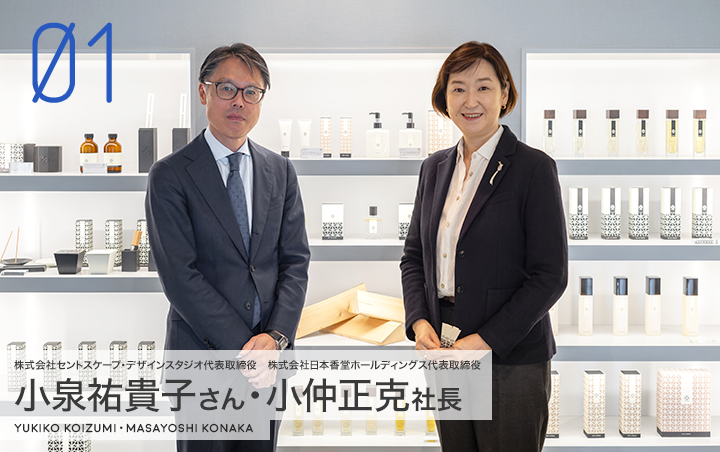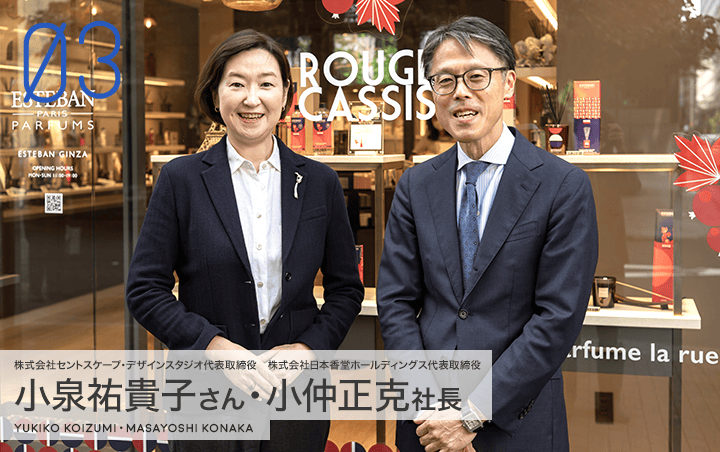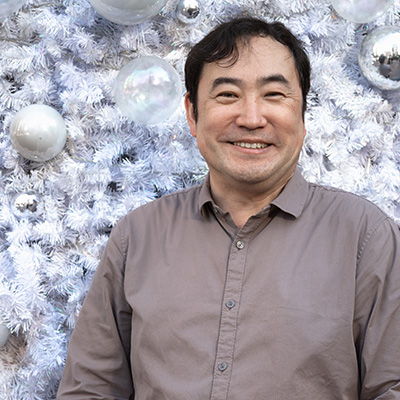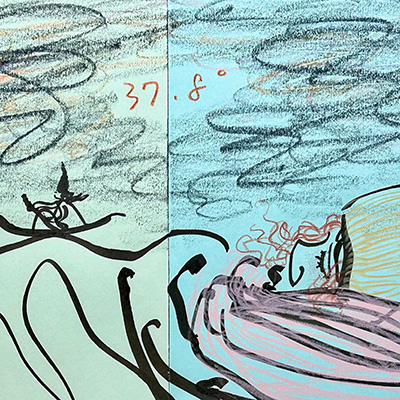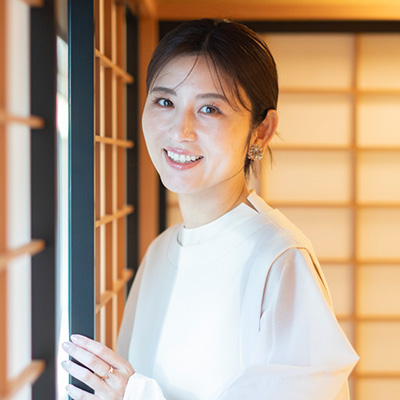- HOME
- FragDialogue
- another story:イザベル・シャゾーオスモテーク理事、科学委員会会長
-
- 特集
-
FragDialogue
another story:イザベル・シャゾーオスモテーク理事、科学委員会会長
1.What is the main activity of Osmoheque?
The main activity of the Osmothèque International Perfume Archive is the preservation of perfume. The
Osmothèque has the only perfume collection in the world with 6000 perfumes, 850 of which are no longer
available.
But there are two other activities strongly linked to it: transmission of the knowledge about perfume to
different audiences through olfactory conferences and research about perfume.
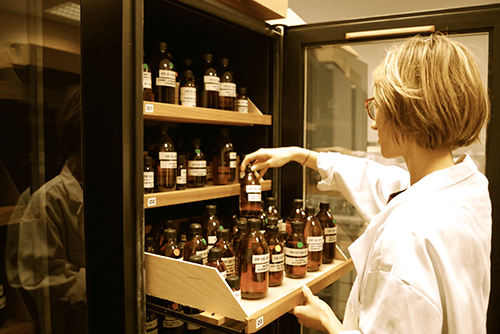
2.What was the purpose of establishment of Osmotheque, and the history?
The Osmothèque was created in 1990 by a group of perfumers led by Jean Kerléo and its purpose was to keep a trace of the history of perfume through the reconstitution of perfumes of the past and also the conservation of today’s perfumes that will be forgotten tomorrow. The Osmothèque’s goal is also to introduce the public to those fragrances and the history of perfume, as it is a cultural heritage that belongs to us all.
3.Would you explain about the history of French perfume?
The history of French perfume is very closely linked to the history of France. There are two main origins of
French perfume : the treatment of leather and the fashion of scented gloves in the 16th century, and the
importance of perfumes in the medical area to ward off foul smells accused of carrying illnesses.
The role of perfumes in the royal court between the 17th and 18th century was also crucial in the
development of French perfumery.
Then the development of synthetic raw materials at the end of the 19th century has allowed perfumery to
become “modern”. Several brands and players played a key role in the development of perfumery, through an
expertise both in the treatment of the raw materials and in the artistic creation of perfumes. The early
20th century saw an unprecedented development of French perfumery which spread throughout the world and had
strong links with fashion.
4.What was the transformative perfume in the industry?
There were many transformative perfumes in the industry. The development of synthetic molecules and of innovative accords enabled the perfume industry to regularly present new fragrances to the public that have quickly set trends.
5.What do you think about the Japanese fragrance culture or Kodo?
The culture of Kodo fascinates me. The way of smelling is very different from what we experience when we usually smell a perfume in France. It is a wholistic experience that involves the whole body and mind. From my point of view, Kodo should be part of the Intangible Heritage of Humanity recognized by Unesco, as it is a truly unique practice. The fact that the pieces of wood used are so ancient and precious reminds me of our preservation mission in the Osmothèque.
6.Circumstances is changing which are Chemical regulations, environmental issues, generation change, diversity etc., what would be key issue for future perfume?
Perfume is a living thing that has to adapt to social changes, technical innovations, new regulations and
environmental issues. It is a difficult time, with so many changes taking place all at once. But as it has
always done, perfume will find a way to adapt to these new constraints and perfumers will create wonderful
fragrances that will be decisive in our lives and create lasting emotions.
Perfume is part not only of our culture, of our olfactory heritage, but also of our link to the world, both
visible and invisible.
I
Osmothèque Conservatoire International des Parfums
36 rue du Parc de Clagny
78000 Versailles – France
Website: https://www.osmotheque.fr
オスモテック・コンセルヴァトワール・インターナショナル・デ・パルファム
クラニー公園通り36番地 78000 ヴェルサイユ - フランス
ウェブサイト:https://www.osmotheque.fr
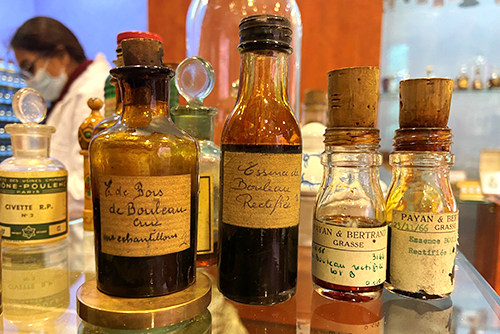
- <<前のページ
- 2/2
- 次のページ>>
株式会社日本香堂ホールディングス
https://www.nipponkodo.co.jp/company/

